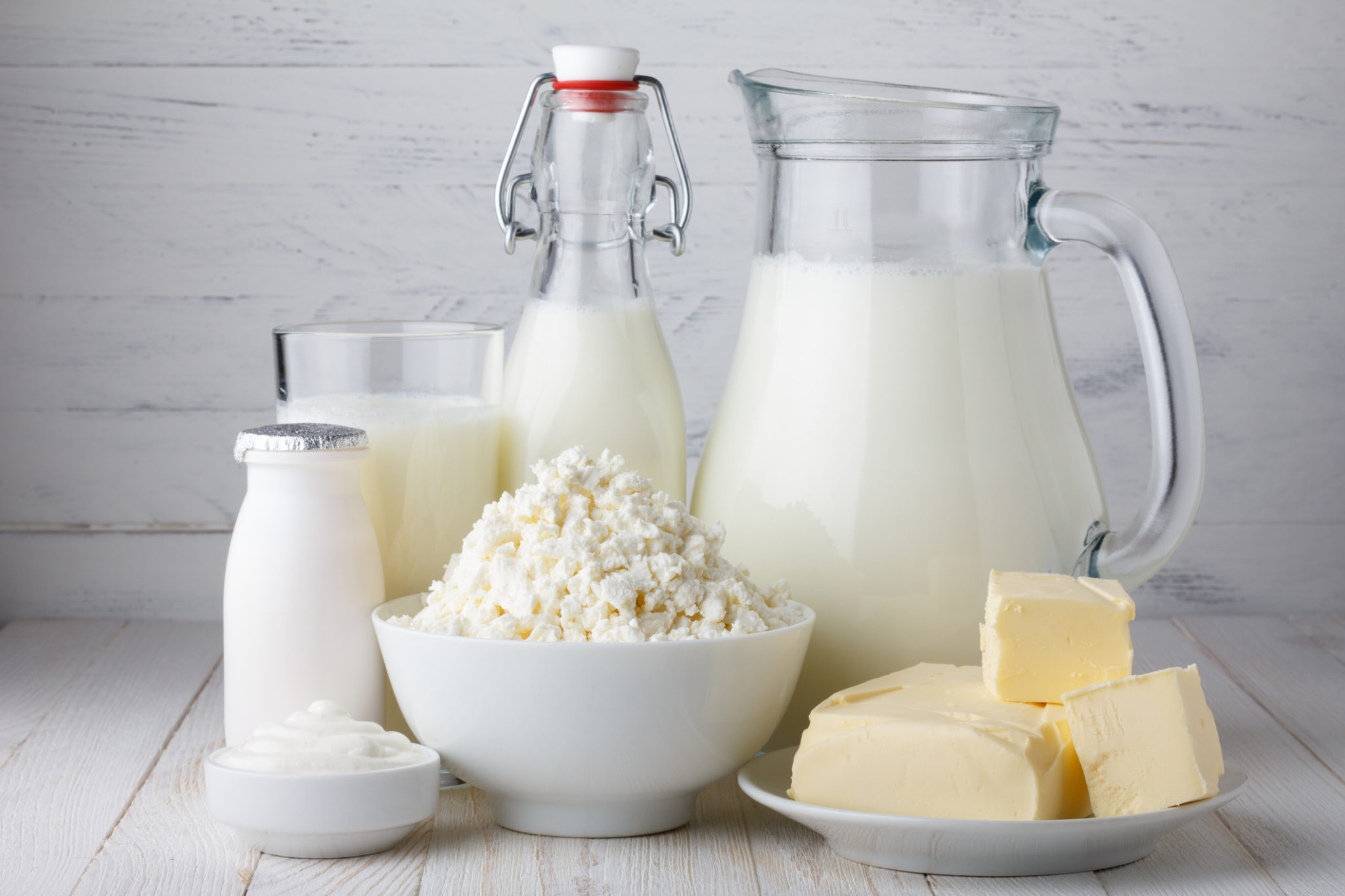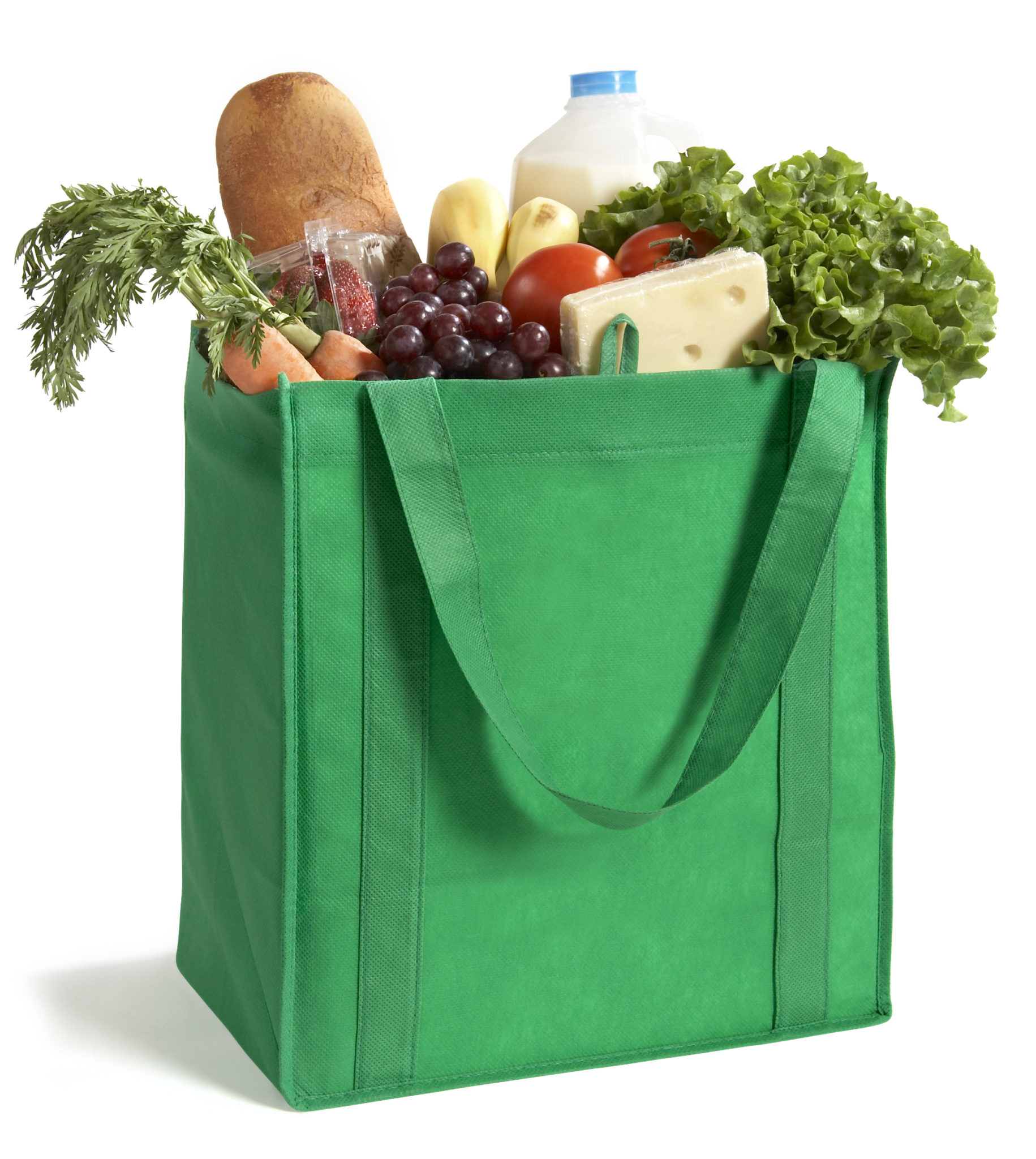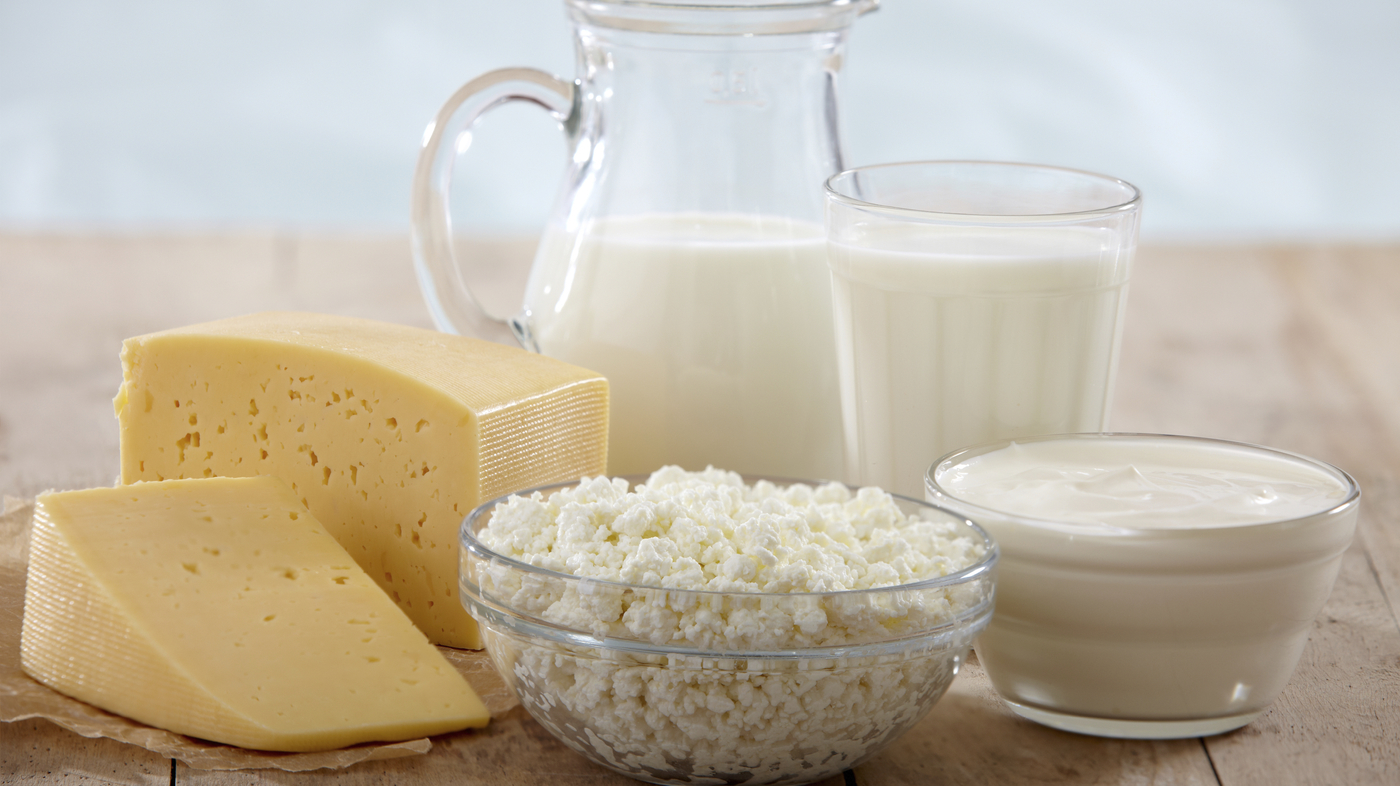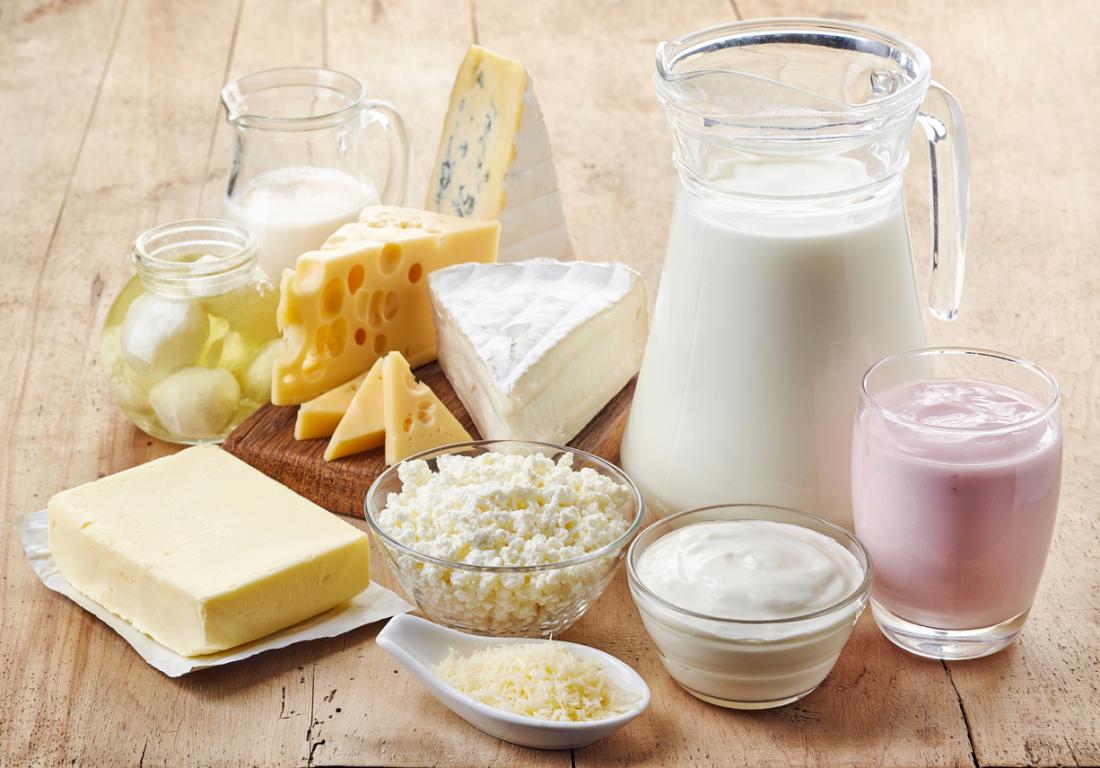If you guys missed the very first post in this series: you can visit it here to learn more about it what it will include and why I’ve started it! To view all the posts in this series to date, go here.
As a reminder, I’m first going to highlight some general budget-friendly options for each of the main food groups that I believe are important to include in a balanced, nutrient-dense diet: Protein, Grains, Fruit, Vegetables, Dairy and Heart-Healthy Fats. Note that I usually include Dairy as part of my Protein group, but for the sake of this series I’m going to break them out into two separate categories.
Today’s focus is dairy.
This post will be similar to the way I structured the budget-friendly grains and the budget-friendly produce posts where I’ll share helpful guidelines for getting the best bang for your buck. In general, dairy provides a good source of protein and carbohydrate for much less than meat-based options. You can also utilize dairy in a lot of ways – from flavoring to meat-alternatives (think grilled cheese sandwiches rather than turkey). That said, there are a few guidelines worth following to ensure you’re buying your dairy options as efficiently as possible.
Helpful Guidelines for Budget-Friendly Dairy:

image source
1. Avoid Single Serve: While buying single serve containers definitely can make life a little easier, it can often mean higher costs. For instance, buying a large tub of Greek yogurt and portioning into smaller tupperware yourself at home is usually much more cost efficient than buying individual containers (for example: a 35.3oz. container of Greek yogurt is $5.49 – or $0.16/oz. whereas a 6oz container of the same Greek yogurt is $1.67 – or $0.28/oz. Therefore ounce for ounce, the tub is the better deal). Same goes for cheese (look for whole blocks over single slices or pre-shredded or tubs of cottage cheese over individual containers), milk and ice cream. I will say however that this is where meal planning comes in handy – you’ll want to make sure if you buy a tub, you plan multiple meals that will utilize the product. Keeping with the Greek yogurt example, you could do overnight oatmeal, yogurt & granola snacks, utilizing it in place of sour cream in burrito bowls, etc.
2. Consider Shelf Stable: If you enjoy a splash of milk in your coffee but don’t find you can get through a large container of milk in a week, don’t be afraid to buy smaller shelf stable containers. Now, I know I just said to avoid single serve options, but in the instance, you’ll actually be saving money because less will go to waste. And buying a 6 pack of smaller-sized shelf stable cartons will last you much longer than one week so you can split that cost over say, 6 weeks (1 carton/week). The same applies if you just don’t drink that MUCH milk (or eat that much yogurt, etc.) – buying a refrigerated 64 fl oz. container of soymilk for instance is $3.69, or $0.06/fl oz. versus a smaller 32 fl oz. shelf stable container which is $2.99 or $0.09/fl oz. If you only utilize 32 oz. of the 64 oz. container, that’s half that ends up going to waste and either way is money out of your pocket.
3. Don’t Shy Away from Generic: Just as I discussed in the the budget-friendly grains post, but it bears repeating for dairy as well. Many store-brand milks, yogurts and cheeses are just as good as their more-expensive brand name counterparts.
4. Create a Meal Plan with Sales in Mind: This is another general budget-friendly tip that applies to any category. I always recommend shopping with a meal plan in mind as this helps cut down on impulse buys. Often stores have weekly flyers or offer online shopping which will allow you to check sales before planning. If cheese happens to be on sale, plan meals you can make utilizing cheese as a main ingredient (think casseroles, quesadillas, pastas, etc).
8



Leave a Reply